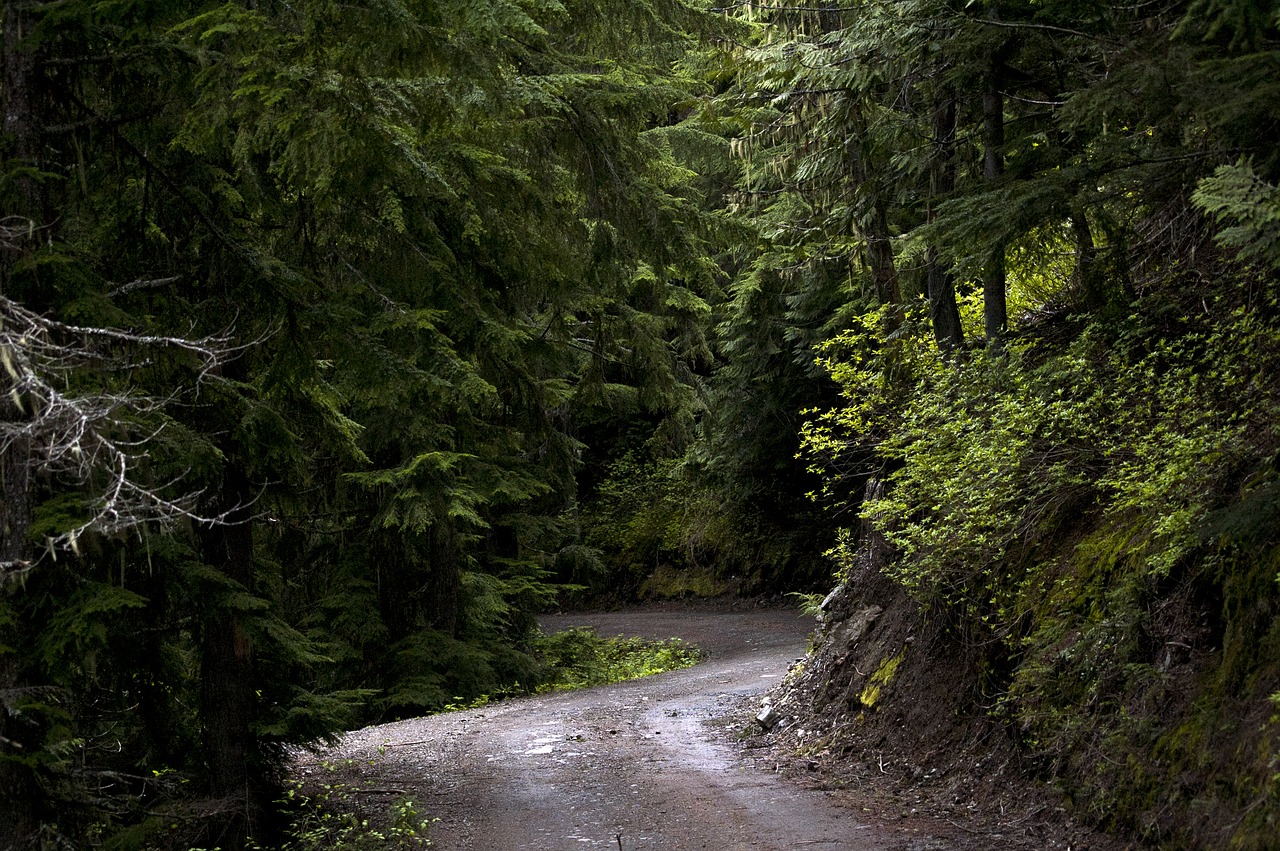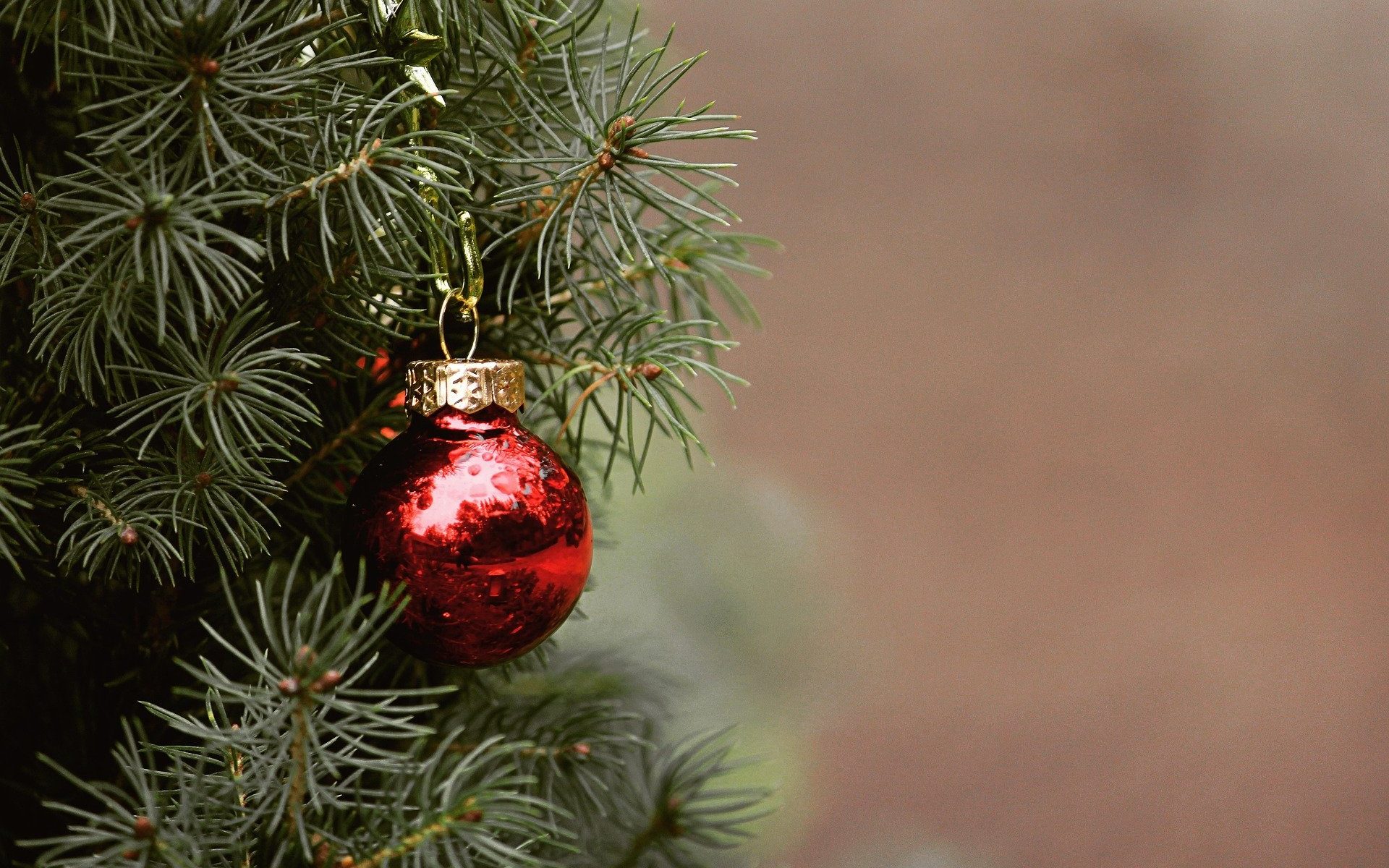I have pointed out before the intention of God’s landscaping the earth to bring us and himself pleasure. Writing now in the month of December our American culture is busy setting up trees and decorating them in our homes, work, and public places. We also decorate doors, windows, mantles, etc. with fresh greenery (or imitation!) Have you ever wondered why we do this? What is all the fuss about dragging trees and greenery out to decorate in honor of Christmas and singing O Tannenbaum (O Christmas Tree for English speaking people)?
The decorating has been reported as having started in Germany back in the 700s with a monk named Boniface. The singing developed from Germany as well. There are several versions of the O Tannenbaum carol.
Let us look at the first verse that is believed to have been penned by an unknown author around 1550.
| ENGLISH Traditional melody Lyrics: Author unknown |
| O Christmas Tree, O Christmas Tree, How steadfast are your branches! Your boughs are green in summer’s clime And through the snows of wintertime. O Christmas Tree, O Christmas Tree, How steadfast are your branches! |
What do you see in this verse that relates to the Christian faith?
The tree in question is described as a Christmas tree.
What does the designation Christmas tell us about this tree song?
Merriam-Webster shares this definition of the word Christmas:
1 : a Christian feast on December 25 or among some Eastern Orthodox Christians on January 7 that commemorates the birth of Christ and is usually observed as a legal holiday
What does the exclamation “how steadfast are your branches” reveal?
Merriam-Webster defines steadfast as:
1a : firmly fixed in place : immovable
b : not subject to change
2 : firm in belief, determination, or adherence : loyal
Why does it matter that the boughs are green?
Traditionally, an evergreen of some type is what is used as a Christmas tree.
Evergreens are green all year long.
Looking up the definition of green in Merriam-Webster yields a lengthy list of meanings. Most are positive meanings, such as youthful, vigorous, fresh, and new. But there are negative meanings too, such as immature, envious, or naive.
Searching for the symbolism of the color green I found an article discussing the psychology of the color green. The author states the following:
“Green evokes a feeling of abundance and is associated with refreshment and peace, rest and security. Green helps people feel rested and secure. People are invited to wait in the “green room” before going on camera to relax. Many doctors even use green in their offices to put patients at ease.” (Apr 17, 2019)
Given the context of the use of the color green we can be assured the positive meaning is intended by the author.
What have we learned from verse one of O Christmas Tree?
The song is celebrating the birth of the Christ child we as Christians are named after.
The tree we use to celebrate this birth by decorating it and singing about reminds us of the loyalty our Heavenly Father has demonstrated by sending Christ.
The color of this tree reinforces our hope in our Heavenly Father who has brought to fulfillment promises made concerning the arrival of the Christ child.
As you decorate your Christmas tree may you receive the joy of hope that is our Heavenly Father’s desire for you.
ESV Isaiah 9:6 For to us a child is born, to us a son is given; and the government shall be upon his shoulder, and his name shall be called Wonderful Counselor, Mighty God, Everlasting Father, Prince of Peace.
ESV John 3:16 “For God so loved the world, that he gave his only Son, that whoever believes in him should not perish but have eternal life.
Blessings,
Barbara Lynn
Do you have a topic, passage, or verse you are interested in studying? Put it in the comments below for consideration.

